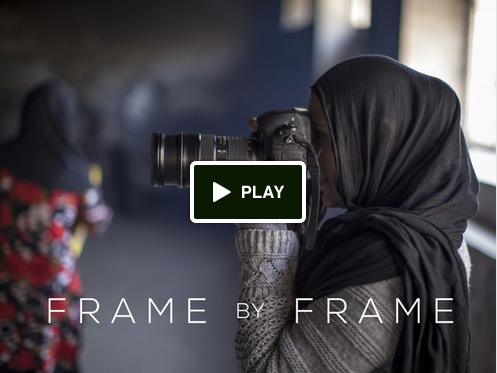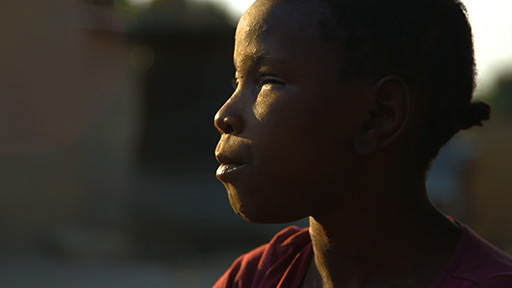Support “Frame by Frame” on Kickstarter
For filmmaker and multimedia journalist Mo Scarpelli, Frame by Frame is an opportunity to give a voice to those relegated to silence. Developed with filmmaker Alexandria Bombach, the character-driven feature-length documentary follows the story of four Afghan photographers to explore the country's recent revolution in local photojournalism. You can help complete their project on Kickstarter. Background In 1996, the Taliban banned photography in Afghanistan. Since the regime was removed from Kabul in 2001, photography has become an outlet for Afghans determined to show the hidden stories of their country. "The need for local journalism in Afghanistan couldn't be more important than it is right now," says Scarpelli. "To build democracy and independence, to hold those in power accountable, to drive social and political change. This is going to be an incredible story of what that means." The Film The film chronicles Afghan photojournalists seizing a unique opportunity to build democracy in a…



